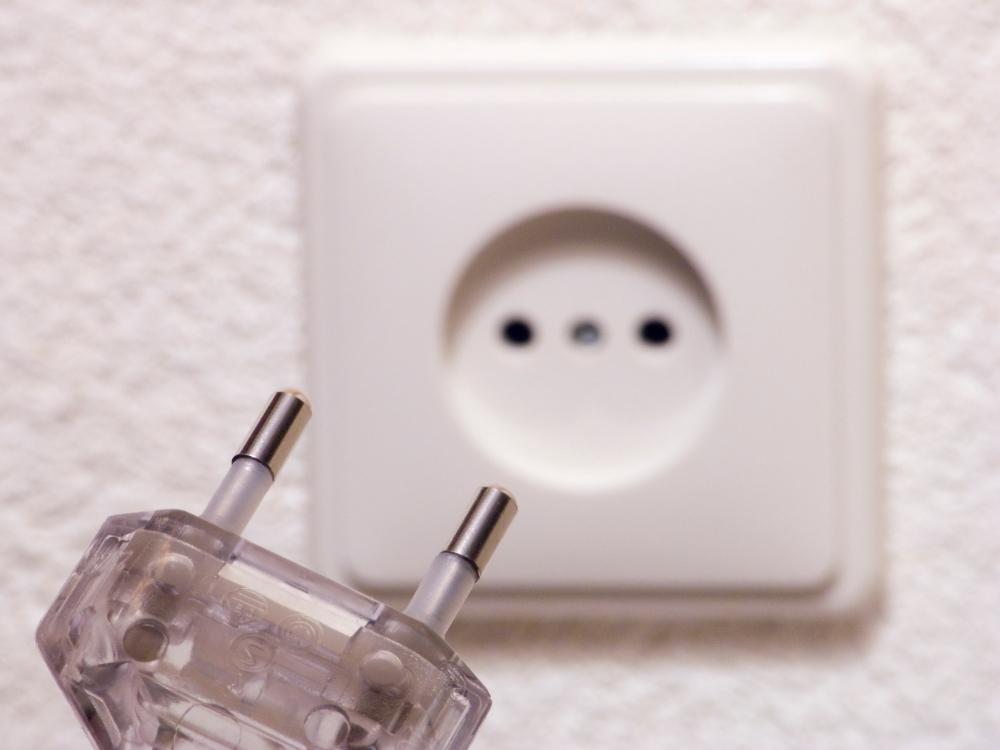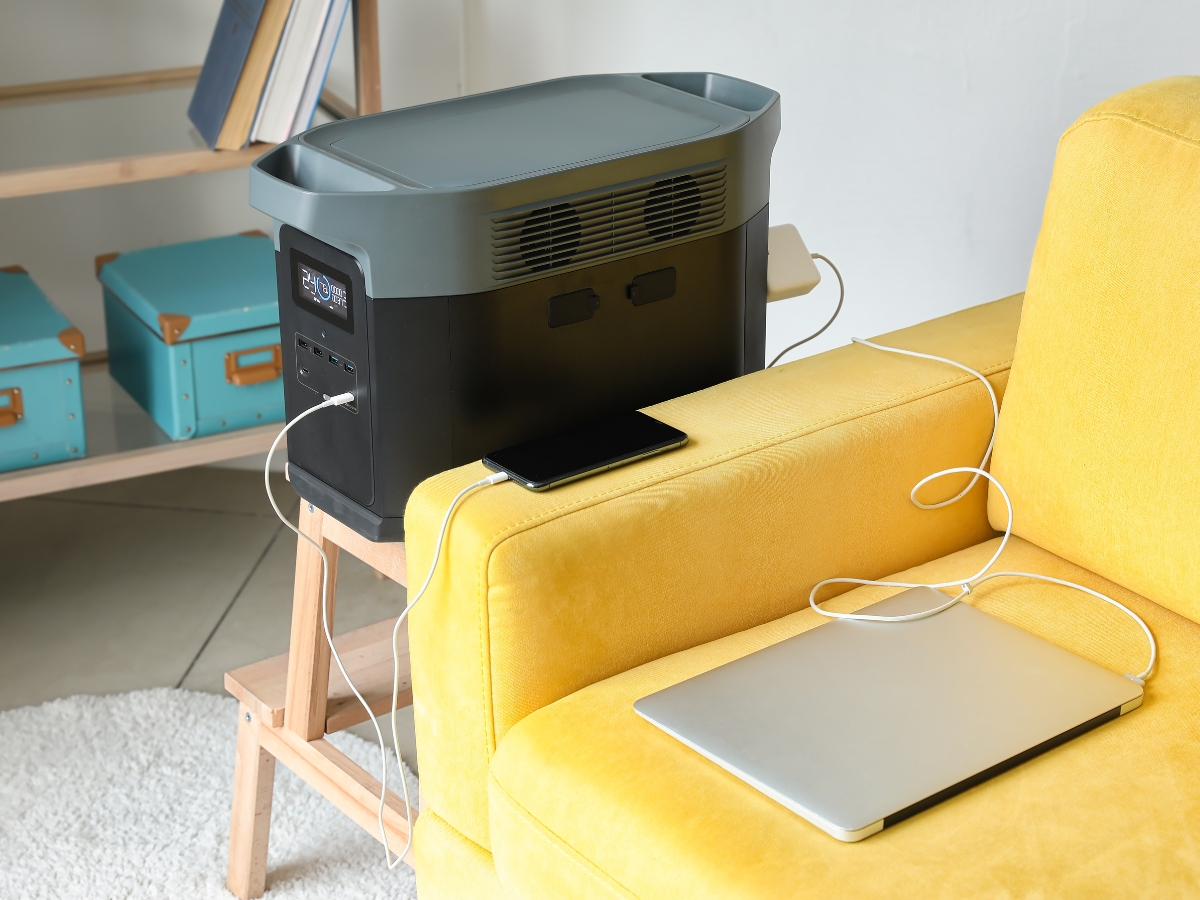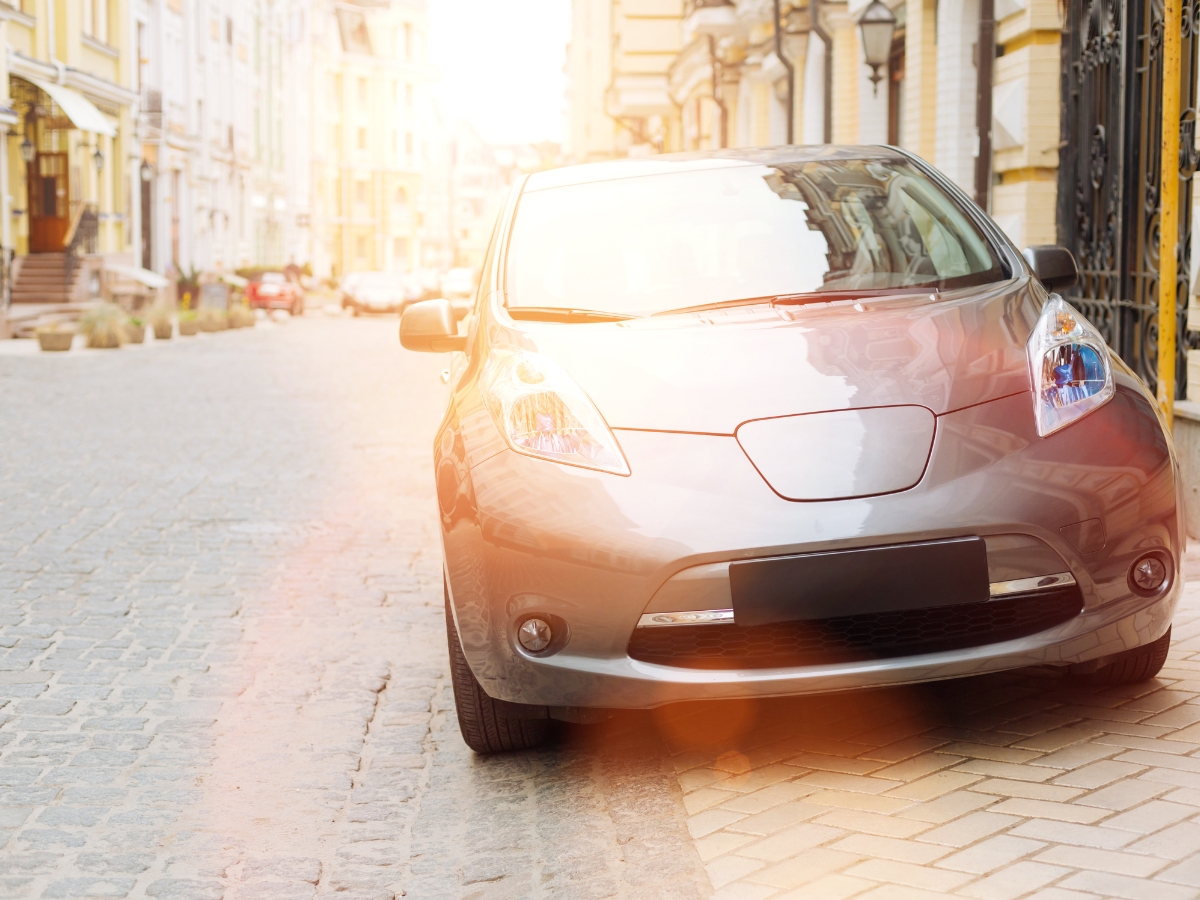Electrical plugs have changed very little since the two-prong plugs were invented and patented almost 120 years ago. The following change happened some years later, with the invention of the three-prong plug (aka ‘Tripin’), which included the grounding prong for the first time.
When he patented his two-prong plug in 1904, American inventor Harvey Hubbell added to his design two “annular detents”- round holes in each of the two flat prongs. He claimed that the holes secure the plug from being pulled accidentally out of the outlet.
This discussion will consider the following key areas:
- What are plug holes utilized for?
- Can I use a plug without holes?
- Are there holes in both Type-A and Type-B plugs?
- Why are there holes in different shapes?
- Round prongs do not have holes, why?
- Where can we find flat plugs with holes today?
As years went by, electric plugs became popular and remained a lasting presence in homes and non-industrial locations. Even as plugs adapted to new uses, their basic design, including the holes, remained unchanged. Let’s look at what use electric plug holes are today.

Four Uses for Electric-Plug Holes
After Hubbell’s invention came out, an increasing number of homes had electric outlets installed. Within ten years, Hubbell sold almost 15 million receptacles and plugs. He also patented what he termed ‘duplex’ plugs, accommodating US and European electrical plugs standards.
In 1926, the National Electrical Manufacturing Association (NEMA) was officially established and accepted Hubbell’s designs, holes included, as the US standard for electrical plugs. Eventually, manufacturers preferred holes at the tip of the prongs to Hubbell’s “detents” and “bumps.”
- Hubbell described the holes as “firm detent” devised to fit in with two bumps inside the outlet, keeping the plug from falling out. Most manufacturers fully adopted Hubbell’s design.
- Another use for plug-holes s a safety procedure known as Lock Out, Tag Out (LOTO), applied when appliances are switched off for maintenance or repair. A lock or cable tie is inserted into the holes, preventing the appliance from starting up suddenly before the process is complete.
- Occasionally one finds padlocks that may be used with these holes, allowing Lock Out, Tag Out (LOTO) of appliances by preventing insertion of the plug into the outlet.
- Manufacturers may point out that certain safety precautions must be adhered to before switching off the appliance. Users should not use the appliance before reading warnings or instructions attached to the plug through the holes.
Debunked Explanations for Using Electric-Plug Holes
The first debunked explanation for using the holes in electric plugs is that one may use the holes to connect the plug to open electric wires directly instead of inserting it into an outlet. This suggestion, which appears in videos online, is unsafe and dangerous; it should never be attempted.
The second explanation is that the two holes are used to extract some metal that may be recycled and used again, to save money. This explanation may be easily debunked: the cost of collecting the small quantity of metal and melting it will outweigh any savings made.
Lastly, some say the holes serve to dispel any heat emitted by the electricity moving through the prong. Wrong. Plugs become hot when an excessive number of devices are plugged into the outlet. The plug-holes will not cool the plug, only limiting the number of attached devices can do that.
Using a Plug Without Holes Safely
The American National Standards Institute (ANSI) and the National Electrical Manufacturers Association (NEMA), decreed that the holes in the prongs are optional, and their use is restricted to the manufacturing process only.
While not forbidding anyone from using the holes in the prongs, NEMA stresses that anyone wishing to add the holes to a plug must adhere to NEMA’s specifications and position the holes according to the specified diameter and position.
Plugs are safe to use, whether they have holes or not. Currently, some plugs have flat prongs with holes, and often one finds outlets with two spring-action blades (aka ‘wiper blades’) that lock the flat prong in place, preventing it from falling out.
How Do Various Plug Types Accommodate Plug-Holes?
The two main plug types are Type-A and Type-B electrical plugs. Type-A or ‘flat blade’ plug consists of two parallel prongs or blades. Type-A plugs are available in the US, Canada, and Mexico, and around South America and Japan.
The two-prong plugs connect only to hot and neutral wires. Since they do not have a third, ground-connected prong, which is an unsafe state, because an unstable electric system will not have an outlet to the ground, putting you and your appliances at risk.
Initially, plug-holes were designed for two-prong plugs and remained part of the plugs for almost 50 years. Since 1965 all-new constructions in the United States and Canada may not use ungrounded Type-A outlets. However, one may use properly working Type-A outlets (and plug-holes) in homes.
Type-B electrical plug adds a third prong to Type-A’s two prongs. In addition to the two flat parallel prongs, it has a third, round one.
The grounding prong is longer than the other two, as it is designed to enter the outlet and offer grounding before the live prongs connect inside the outlet.
Type-B plugs are available globally, but the US and Japan share the same plug design. Manufacturers of Type-B plugs use the plug-holes in adherence to NEMA’s American Standards.
Do Plug-Holes Have Different Shapes?
When NEMA adopted Hubbell’s designs as US Standard for electrical plugs, the prongs had a round hole or indentation. With time, rectangular holes appeared and were adopted by large companies who used flat parallel prongs with their AC wall adapters.
Flat parallel plugs used in Europe have round-shaped holes, while US electrical-plug holes are round and rectangular. Increasingly, EU countries use the Europlug, a plug with round prongs without holes. Many American outlets support flat parallel plugs (Type-A and B) and the Europlug.
Flat parallel two-prong plugs, sometimes used in Europe, have round-shaped holes, while US electrical-plug holes are round and rectangular.
How Come Round Prongs Do Not Have Holes?
This emanated from the order in which Harvey Hubbell patented and manufactured his plugs. Initially, the patented and produced flat prongs with holes designed to keep the plug from falling out of the outlet. At the same time, other manufacturers produced round plugs without holes.
In 1916 Hubbell patented his two-prong round plugs that had no holes. He manufactured flat and round plugs without changes and later added a round prong to the three-prong grounded plug. No holes were ever added to the round plugs.
Where are Flat Plugs With Holes Used?
Wall outlets underwent many changes to accommodate the different types of plugs available. The US has two standard plug types (two-prong A and there-prong B), and the International Electrotechnical Commission (IEC) lists 13 additional plug types used elsewhere.
Different countries implemented electrification at their own pace and developed their plugs and outlets. When the IEC offered a universal standard plug (known as Type-N) in 1986, most countries ignored it and did their own developments.
With globalization and expanding international travel, manufacturers came under pressure to create simpler, more adaptable electrical systems. Instead of redesigning plugs and wall outlets, many preferred to use power adapters to convert from one electrical system to another.
Subsequently, manufacturers dropped the holes, retaining the outlet’s locking mechanism that kept the plug from being pulled out. EU countries and other countries in the Middle East, the former Soviet republics and Africa, use the Europlug, a two-round-prong plug without holes.
Some American outlets accept flat parallel plugs (Type-A) with or without holes and the Europlug. Many appliances work perfectly well with old-style Type-A plugs.
It is, therefore, reasonable to assume that two-flat-prong plugs with holes will remain in use for the foreseeable future.
References
- https://www.nema.org/
- https://ansi.org/
- https://news.ycombinator.com/item?id=28812890
- https://archive.org/details/NEMA-WD-6-2016/page/n23/mode/1up
- https://electricaloutlet.org/type-a
- https://electricaloutlet.org/type-a
- https://www.bbc.co.uk/ahistoryoftheworld/objects/YuzzJyVGT1OMN6xbLjyZQg
- https://scienceline.ucsb.edu/getkey.php?key=6428




